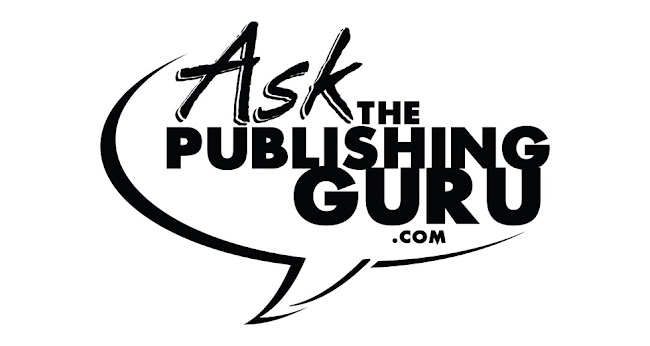Guest Post by Robert L. Bacon
Even though I am a novelist who also edits material for a living, I have never claimed to be an expert on grammar, since an expert in the arena of rhetoric to my way of thinking falls to the likes of someone such as Jacques Barzun or Theodore Bernstein. I make mistakes in my own writing, and freely admit that I get too close to my work, and at times the most rudimentary of errors will occur and be passed over. And even with a good proofreader also looking over my shoulder, material I write that is not good prose will occasionally still make it into print.
I was recently brought to task for an article I wrote in which I made a typo and moved a clause at the last minute before publication that resulted in erroneous subject-verb agreement. And another shifted clause left the superfluous placement of a preposition. All inexcusable, but these faux pas occurred nonetheless. The erudite chap who pointed out my shortcomings did such a good job that I was going to offer him a position as a proofreader until I noticed his personal tendencies with punctuation. One he even amplified when he criticized me for the "inexplicable" use of two hyphens for a dash. But his comment provided me with the subject matter for this piece, since I'm always interested in ideas for material.
HTML Code and Dashes
Many of us who use Word as our word-processing software have to play a different game with text because of the havoc certain forms of specialty punctuation can cause. The ampersand and dash are two of the biggest culprits. The em dash, which is the product of combining two hyphens into one longer line, is such a problem for HTML code that I was advised to eliminate the automated function which creates it from my default template. And why an em dash in the configuration of one elongated line is not illustrated at any point in this article.
Dashes as Defined in THE CHICAGO MANUAL OF STYLE and GREGG
In section 5.115 of THE CHICAGO MANUAL OF STYLE, the following is stated in parentheses: "In typing, a hyphen is used for an en dash, two hyphens for an em dash." Unfortunately, there are no examples of sentences in this section to illustrate the use of the em dash to separate clauses--which is the correct punctuation if this technique is desired--as in what I just wrote.
In section 2, subsection 216, in GREGG, the dash to separate clauses is expressed without calling it an en or em dash. The explanation simply states: "The dash is created by striking the hyphen key twice, with no space before or after it." And an annotation follows: "Do not use a single hyphen with a space before or after it." However, solely for appearance, since I don't utilize a long em-dash, in article titles in which a larger font is preferable (such as with this piece) I'll sometimes use the aforementioned space, en dash, and space. To me, it simply looks better than two en dashes and no spaces. I do not, however, use this format in standard text, as is evidenced by how I treated dashes in this article.
Clarity? Hardly
English is a tough language. And to be good at it is a challenge for people who work with it every day. I have 19 books on grammar sitting atop the shelf above my computer, and I consult with many of them quite often, and have done so for what is now going on 20 years. You would think I'd have it figured out by now--but I don't. And at times neither do the writers for The Wall Street Journal, National Geographic, The New York Times, and other august print media.
The en dash and em dash are difficult enough to deal with; then the 2-em dash and the 3-em dash come into the fold. And the hyphen that spawned this article. What I provided in this narrative will likely not mitigate much of the confusion surrounding dashes, but I hope it will at least cause a person to understand that there are many things which dictate the use of certain forms of punctuation, including technology.
Robert L. Bacon, Founder
The Perfect Write®
New Free Service for Serious Writers!, The Perfect Write® is now providing a Free Manuscript Opening Chapter Critique and Line Edit. Paste the first chapter of your manuscript (up to 5000 words) to theperfectwrite@aol.com (no attachments). In addition to the critique, The Perfect Write® will line edit, if applicable, the first three pages of your double-spaced material also at no charge.
Also Free! Receive The Perfect Write® Newsletters that feature articles on writing at a publishable level. Click here http://www.theperfectwrite.com and scroll to the bottom of The Perfect Write® Home Page for the simple two-step sign-up box.
Wednesday, May 12, 2010
Subscribe to:
Post Comments (Atom)



No comments:
Post a Comment